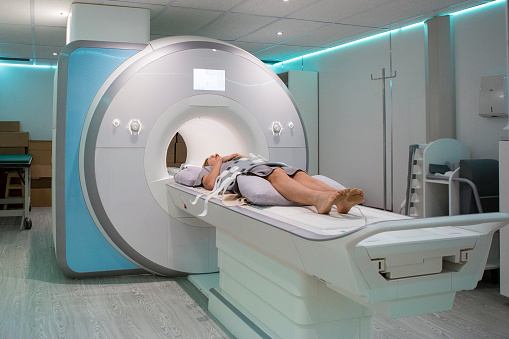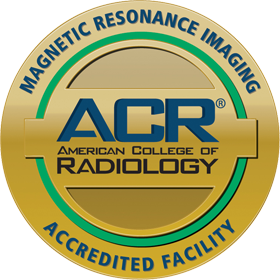
You’ve certainly heard of a CT scan, also called a CAT scan. You probably have at least a vague understanding of what it is, and you may even have undergone a CAT scan yourself at some point. But do you know how this diagnostic tool works, and why doctors use CT scans?
The CT in CT scan stands for computed tomography and is also sometimes referred to as computed axial tomography, which is where we get the term CAT scan. Whichever term is used to refer to them, these scans work by producing 2D cross-sectional images, using x-rays. These images are referred to as “slices,” and they show the body’s bones, blood vessels, and soft tissues. Once they’re stacked by a computer, the images form 3D models of specific parts of the body. They provide more detailed imagery than traditional x-rays because those older machines use a fixed x-ray while CT scanners use a motorized x-ray that rotates around the body during the scan.
CT scans are minimally invasive. If you’re having the procedure, you will lie on a narrow table that slides in and out of the CT scanner. During the scan, the machine rotates around you, and sometimes you move through the scanner’s tunnel. The x-rays are sent through your body, and the detectors pick them up and transmit them to the computer, which translates them into images. Sometimes, if your doctor is trying to examine soft tissue, a special dye might be used to provide contrast. You may be asked to drink this dye, or it may be given in an IV or administered as an enema.
There are not many risks to a CT scan, but there are a few. Some people are allergic to the dye and may vomit, sneeze, itch, or develop hives. In some cases, the allergy may be severe enough to trigger anaphylaxis, a life-threatening allergic reaction, or kidney failure. CT scans do produce a great deal of radiation: about 400 times the radiation of a single x-ray. Some complications of radiation are:
- Increased lifetime risk of cancer
- Skin reddening and tissue injury
- Hair loss
- Cataracts
- Congenital disabilities if used during pregnancy
Why would a physician need to order a CT scan? There are several different reasons:
- A CT scan can show internal and bone injuries from vehicle accidents or other trauma.
- These scans can be used to diagnose spinal problems and skeletal injuries.
- Sometimes, a CT scan can detect osteoporosis.
- CT scans can be used to detect many different types of cancers and determine the extent of the tumors.
- CT scans can show the location of an infection.
- Doctors use CT scans to look for injuries, stroke-causing clots, hemorrhaging, and other issues having to do with the head.
- CT scans can be used to image the lungs and reveal blood clots in the lungs’ vessels, excess fluid, pneumonia, or chronic pulmonary obstructive disease (COPD).
- Using a CT scan, doctors can determine the cause of chest or abdominal pain, difficulty breathing, and other symptoms.
- CT scans can help doctors diagnose dangerous vascular diseases that can cause stroke, kidney failure, and death.
- Sometimes, CT scans are used to assist with biopsies and other medical procedures, including treatment planning for organ transplants, gastric bypass, cancer, and other issues.
If you need a CT scan or other diagnostic screening, Salem Radiology can help. Established in 1974, we are the largest radiology group in the area and offer a depth of specialization among our doctors that you would expect to find only at major university medical centers. To learn more or schedule an appointment, call (503) 399-1262 or contact us through our website.

